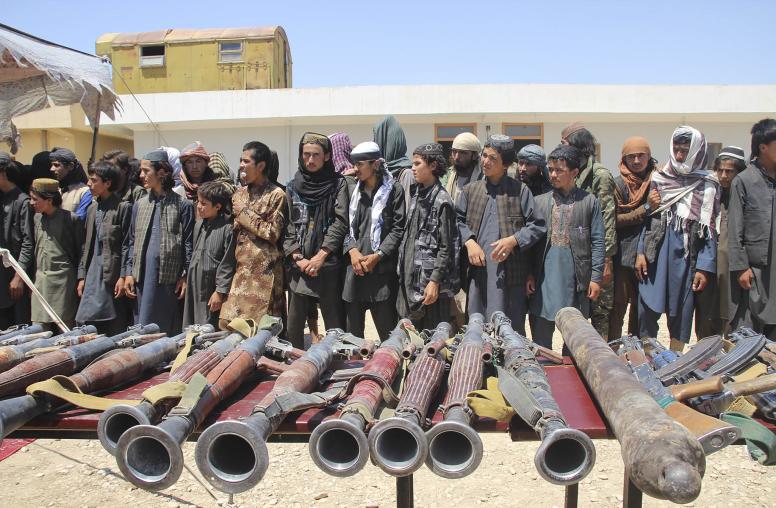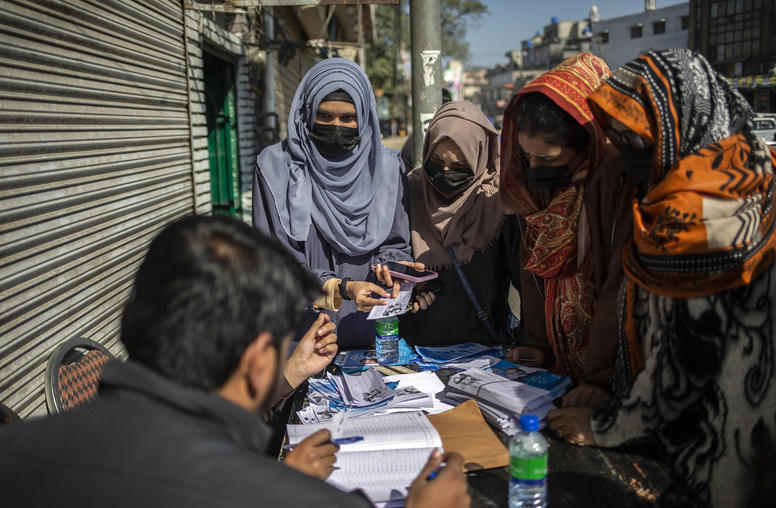Pakistan: Training the Mediators
With Pakistan’s internal troubles and cross-border issues with Afghanistan key factors in the security outlook for all of South Asia and the United States, the U.S. Institute of Peace has brought its concept of building a network of facilitators to the country
April 6, 2011
With Pakistan’s internal troubles and cross-border issues with Afghanistan key factors in the security outlook for all of South Asia and the United States, the U.S. Institute of Peace has brought its concept of building a network of facilitators to the country. The approximately 55 Pakistanis trained since 2009 to mediate and manage conflicts form a defiant, if peaceful, counter to the pull of extremism.
Says Nina Sughrue, the Institute senior program officer who leads the effort, “This is about creating and connecting a group of people who are devoted to peace, and that is absolutely in our national security interest.”
The Pakistani facilitators primarily come from the conflict-ridden Federally Administered Tribal Areas (FATA), Khyber Pakhtunkhwa (KPP) and the Swat Valley. An ethnically diverse group of both genders, they include people from nongovernmental organizations, academe, and journalism, as well as tribal and religious leaders. “They take a lot of physical risks on behalf of building peace in their troubled communities,” allows Sughrue.
Like the parallel Afghanistan program, the idea is to train those who will train others, and essential support comes from a local partner, the Islamabad-based Sustainable Peace and Development Organization (SPADO). SPADO this year will publish an Institute-funded manual laying out traditional Pakistani mediation methods, augmented by the USIP training.
The network’s efforts are already paying off.
One facilitator mediated a dispute in Mianadam in Swat that pitted the Pakistani Army against some villagers. The facilitator convened government and Army officials, community leaders and shop owners over the complicated issues stemming from the confiscation and demolition of a market. Three months of effort yielded an amicable resolution. Elsewhere in Swat, another facilitator brought together 16 groups delivering relief and rehabilitation to areas devastated by last year’s flooding. That coalition negotiated with security forces for more help and better access to the area. In KPP, meanwhile, facilitator-run dialogues eased ethnic tensions in remote districts, allowing badly needed development work to resume.
Explore Further
- Countries and Regions: Pakistan
- Afghanistan: Preparing Peacemakers
News Feature | April 6, 2011



